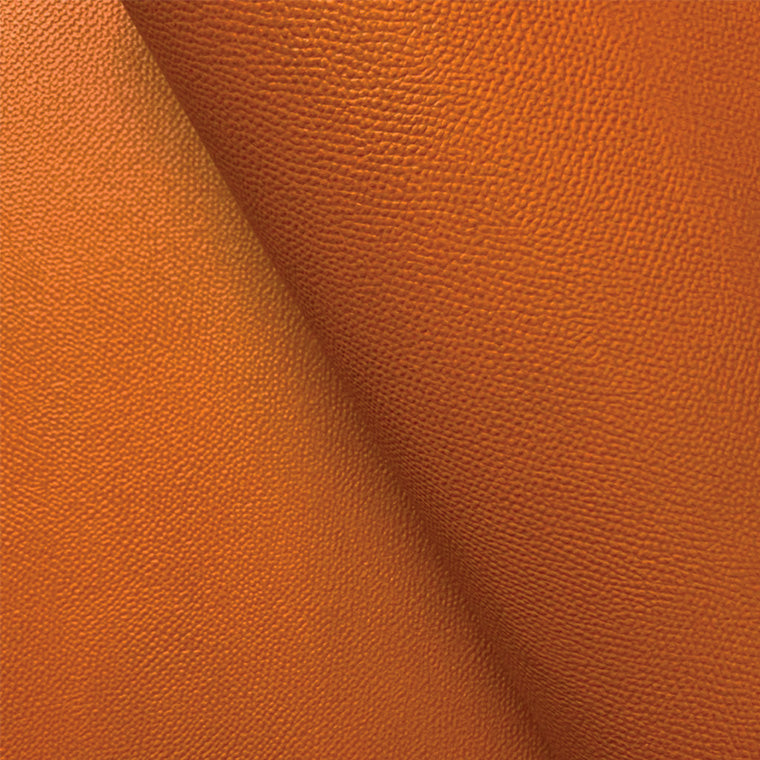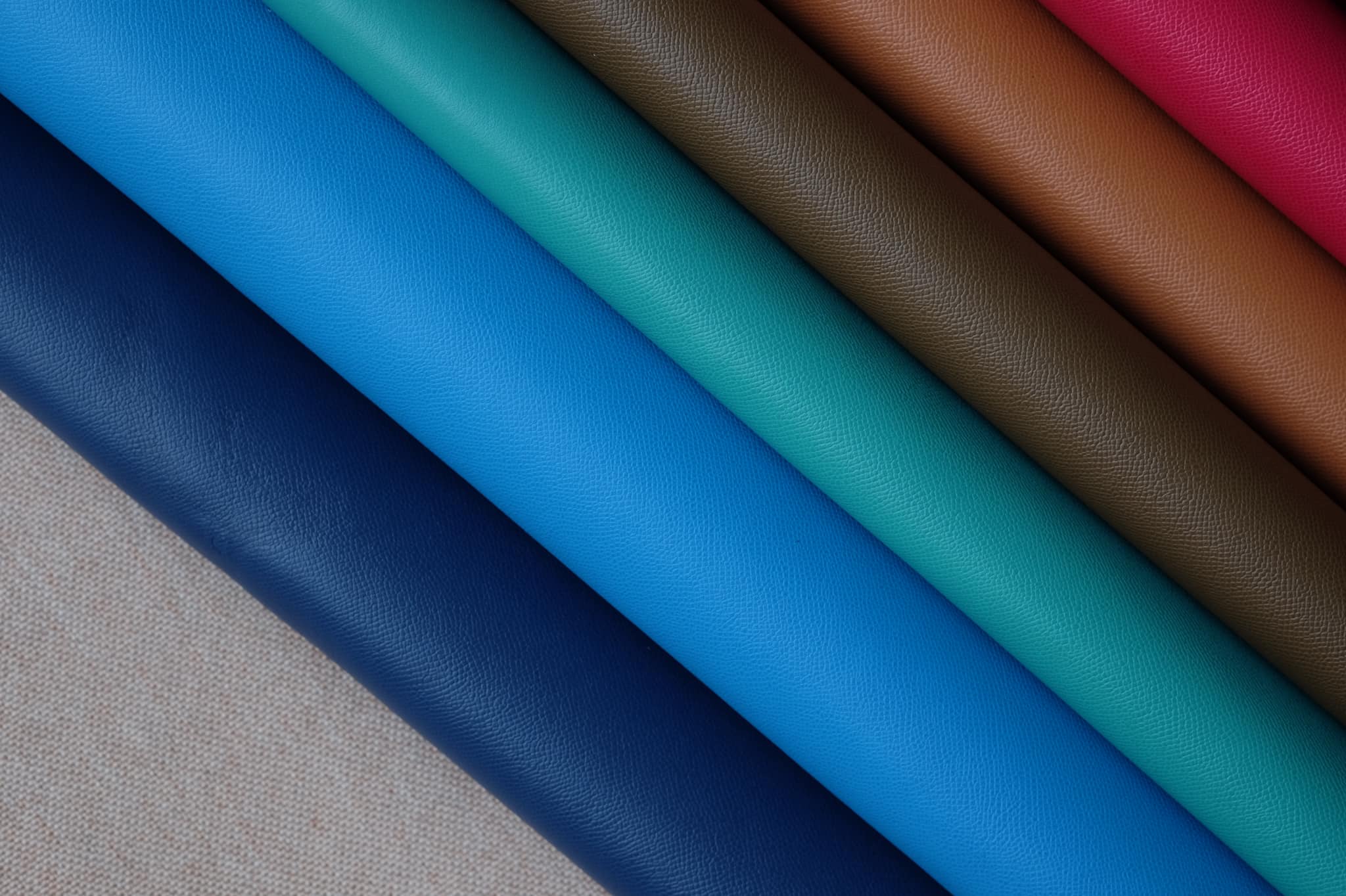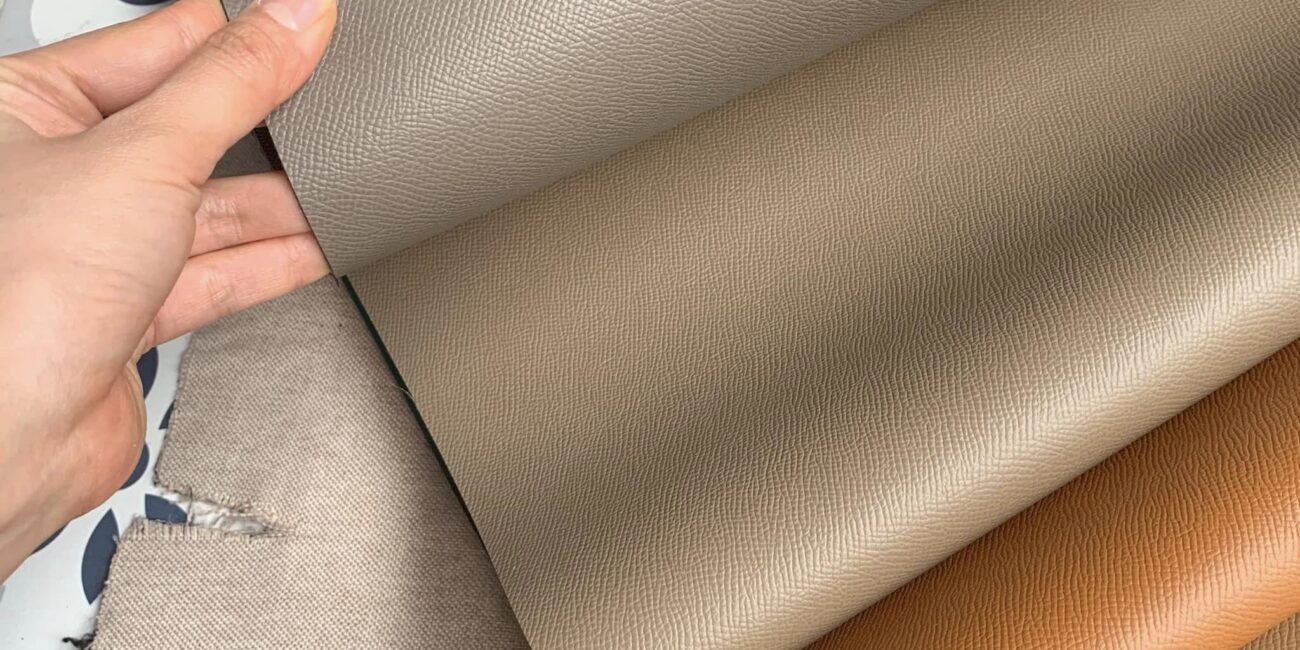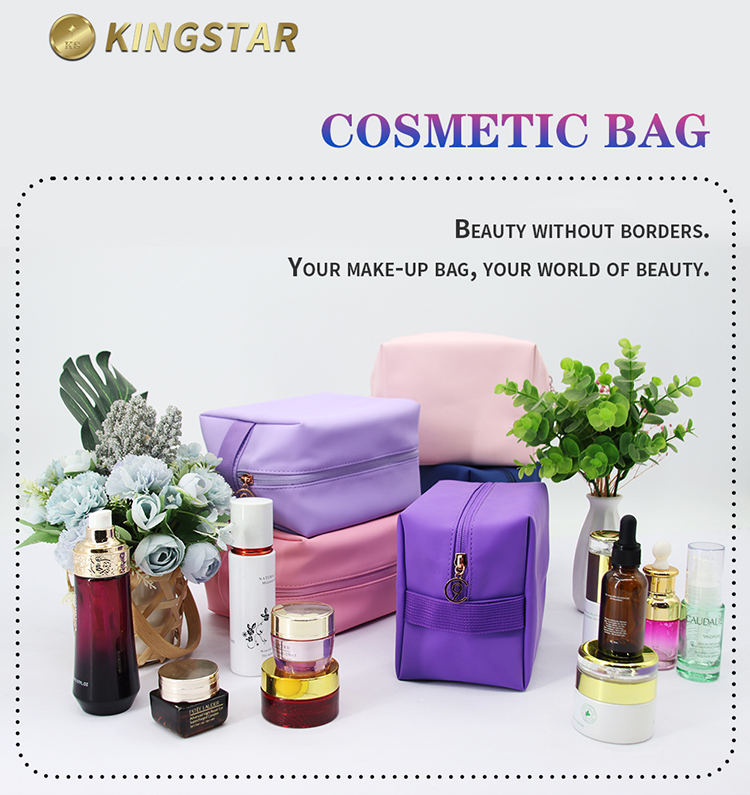Epsom leather is a premium embossed calfskin known for its rigid structure, scratch resistance, and vibrant color uptake, famously used by Hermès.

This esteemed material has become a hallmark of high-end fashion, instantly recognizable for its unique, cross-hatched grain and unyielding structure. While its name might suggest a geographical origin, its story is one of technical innovation and luxury branding. For anyone passionate about fine leather goods, understanding the properties and history of Epsom is essential to appreciating modern craftsmanship.

Table of Contents

1. What Exactly is Epsom Leather?
2. The Origins and Rise to Prominence
– A French Tannery’s Innovation
– The Hermès Connection
3. The Distinctive Characteristics of Epsom Leather
– Unmatched Durability and Scratch Resistance
– A Rigid and Structured Form
– Lightweight and Easy to Handle
– Water Resistance and Simple Maintenance
4. How is Epsom Leather Made?
5. Epsom Leather Compared to Other Popular Leathers
– Epsom vs. Saffiano
– Epsom vs. Togo
– Epsom vs. Full-Grain Leather
6. Why is Epsom Leather a Trending Choice in Luxury Goods?
7. Caring for Your Epsom Leather Goods
What Exactly is Epsom Leather?
Contrary to what its name implies, Epsom leather is not from a place called Epsom. The name refers to a specific type of processed leather. At its core, Epsom is a corrected-grain, embossed calfskin. This means it originates from genuine calf leather, but its natural surface is sanded down to create a uniform base. A machine then heat-presses a rigid, cross-hatched grain pattern onto the surface.
This manufacturing process is key to its unique identity. Unlike full-grain leathers that showcase natural markings, Epsom leather has a perfectly consistent and uniform texture. This technique not only creates its signature aesthetic but also imparts many of the practical qualities that make it so sought-after in the world of luxury accessories. It is, without question, real leather, but its appearance is the result of masterful engineering rather than nature.
The Origins and Rise to Prominence
The story of Epsom leather is deeply intertwined with the heritage of European tanneries and the exacting standards of the world’s most exclusive fashion houses. Its popularity is not an accident but a direct result of its superior performance and its adoption by a legendary brand.
A French Tannery’s Innovation
Epsom leather was originally developed by Tannerie Roux, a prestigious French tannery with a long history of producing high-quality leathers for luxury brands. The goal was to create a material that was not only beautiful but also exceptionally resilient and practical for everyday use. The resulting embossed calfskin delivered a unique combination of structure, light weight, and durability that quickly caught the attention of the luxury market.
The Hermès Connection
The material’s global fame is owed almost entirely to the French luxury house Hermès. In 2004, Hermès introduced Epsom leather into its collection, using it as a replacement for the similar Courchevel leather, which had been discontinued. Its adoption for iconic handbags like the Birkin and Kelly propelled Epsom into the spotlight.
Hermès chose Epsom for its ability to hold a bag’s shape impeccably over time and its remarkable capacity for showcasing vibrant, saturated colors. This endorsement cemented Epsom’s status as a top-tier luxury material, making it synonymous with timeless elegance and enduring quality.
The Distinctive Characteristics of Epsom Leather
Epsom’s popularity stems from a blend of aesthetic appeal and functional superiority. Its engineered properties make it one of the most practical choices for high-end goods that are intended to be used regularly.
Unmatched Durability and Scratch Resistance
The most celebrated feature of Epsom leather is its incredible resistance to scratches and scuffs. The embossed, firm grain acts as a protective layer, preventing minor abrasions from marking the surface. This makes it an ideal choice for items that face daily wear and tear, such as wallets, handbags, and travel accessories. An Epsom leather product will maintain its pristine appearance far longer than many softer, more natural-grained leathers.
A Rigid and Structured Form
Epsom is known for its stiff and rigid nature. It does not slouch or soften significantly over time, allowing products to maintain their original, precise silhouette. This structural integrity is why it is heavily favored for formal, architectural handbag designs. The material ensures that the clean lines and intended shape of the accessory remain intact for years, looking as crisp as the day it was made.
Lightweight and Easy to Handle
Despite its rigidity, Epsom is surprisingly lightweight. Compared to other popular leathers like Togo or Clemence, which are known for their heavier, pebbled hides, Epsom offers a less cumbersome experience. This makes even larger bags made from Epsom easier to carry, adding to its practicality for daily use.
Water Resistance and Simple Maintenance
The heat-pressed finish gives Epsom leather a degree of water resistance. Spills tend to bead up on the surface rather than immediately soaking in, giving you time to wipe them away with a soft cloth. This, combined with its resistance to scratches, makes it one of the easiest luxury leathers to care for. A simple wipe-down is often all that is needed to keep it looking its best.
How is Epsom Leather Made?
The creation of Epsom leather is a meticulous process that transforms natural calfskin into a highly durable and visually striking material. The journey begins with selecting high-quality calf hides. These hides are then prepared for the crucial “correcting” stage.
During correction, the natural grain of the leather is sanded away to create a smooth, flawless canvas. This step removes any natural imperfections like scars or insect bites, ensuring a perfectly uniform surface. Once the hide is corrected, it is ready for embossing. A heated metal plate, etched with the signature cross-hatch pattern, is pressed firmly into the leather. This action not only imprints the iconic texture but also compresses the leather fibers, which contributes to its rigidity and durability. The final steps involve dyeing and finishing, processes that give Epsom its famously vibrant and consistent coloration.
Epsom Leather Compared to Other Popular Leathers
Understanding how Epsom stands apart from other leathers helps in making an informed choice. Its unique characteristics offer distinct advantages depending on the user’s preferences and needs.
| Feature | Epsom Leather | Saffiano Leather | Togo Leather | Full-Grain Leather |
|---|---|---|---|---|
| Grain | Embossed, fine cross-hatch | Embossed, diagonal lines | Natural, pebbled grain | Natural, unaltered surface |
| Structure | Very rigid and structured | Rigid and structured | Soft, develops a slouch | Varies; can be soft or firm |
| Durability | Highly scratch-resistant | Highly scratch-resistant | Moderately scratch-resistant | Develops a patina; can scratch |
| Feel | Dry, textured | Stiff, waxy | Soft, supple | Smooth, natural |
Epsom vs. Saffiano
Both Epsom and Saffiano are famous embossed leathers known for their durability. The primary difference lies in the pattern. Saffiano, popularized by Prada, has a distinct diagonal cross-hatch pattern, whereas Epsom’s grain is finer and less geometrically rigid. Both are excellent for structured goods and offer superb resistance to wear and water.
Epsom vs. Togo
This is a classic Hermès comparison. Togo is a natural-grained calfskin, celebrated for its soft, pebbled texture that becomes more supple over time. In contrast, Epsom is rigid and maintains its shape. Togo has a visible, natural grain pattern that varies from hide to hide, while Epsom’s is perfectly uniform. A choice between them is a choice between structured formality (Epsom) and relaxed luxury (Togo).
Epsom vs. Full-Grain Leather
Full-grain leather is the highest quality grade, prized for retaining the natural, unaltered surface of the hide. It showcases all the beautiful, unique markings and develops a rich patina with age. Epsom is a corrected-grain leather, so its natural surface is removed. While Epsom excels in scratch resistance and structural consistency, full-grain leather is celebrated for its natural beauty, breathability, and the unique character it develops over a lifetime of use.
Why is Epsom Leather a Trending Choice in Luxury Goods?
Epsom’s continued popularity is a testament to its successful fusion of luxury and practicality. It meets the demands of the modern consumer who wants items that are not just beautiful but also built to last through the rigors of daily life.
The Appeal of Practical Luxury: Epsom offers a worry-free ownership experience. Its resistance to scratches and water means users can carry their valuable accessories with confidence, without constant concern for damage. It’s a material that performs as well as it looks.
Vibrant Color Saturation: The smooth, corrected surface of Epsom leather is an ideal canvas for dyeing. It absorbs color with incredible uniformity and depth, resulting in vibrant, saturated hues that are difficult to achieve on more porous, natural-grained leathers.
Longevity and Investment Value: Because Epsom leather goods maintain their structure and appearance so well, they have excellent resale value. Their durability ensures they remain a staple in a wardrobe for many years, making them a wise investment. The same principles of durability and timeless style that make Epsom a coveted material are at the heart of every handcrafted piece at Beldura Leather. Our commitment to using premium full-grain leathers ensures each wallet and accessory develops a unique character over time, offering a different kind of enduring luxury.
Caring for Your Epsom Leather Goods
Maintaining Epsom leather is remarkably straightforward due to its durable finish. Following a few simple rules will keep your accessories in pristine condition for years.
For routine cleaning, simply wipe the surface with a soft, dry microfiber cloth to remove dust. If a more thorough cleaning is needed, lightly dampen the cloth with water and wipe gently. Always allow the leather to air dry completely, away from direct heat or sunlight.
When dealing with spills, act quickly. Blot the liquid immediately with a clean, dry cloth. Avoid rubbing, as this can press the moisture into the material. For storage, keep the item in its dust bag in a cool, dry place. This protects it from dust and prevents color fading from prolonged exposure to light. Avoid using harsh chemical cleaners, saddle soap, or abrasive polishes, as these can damage the protective finish.

